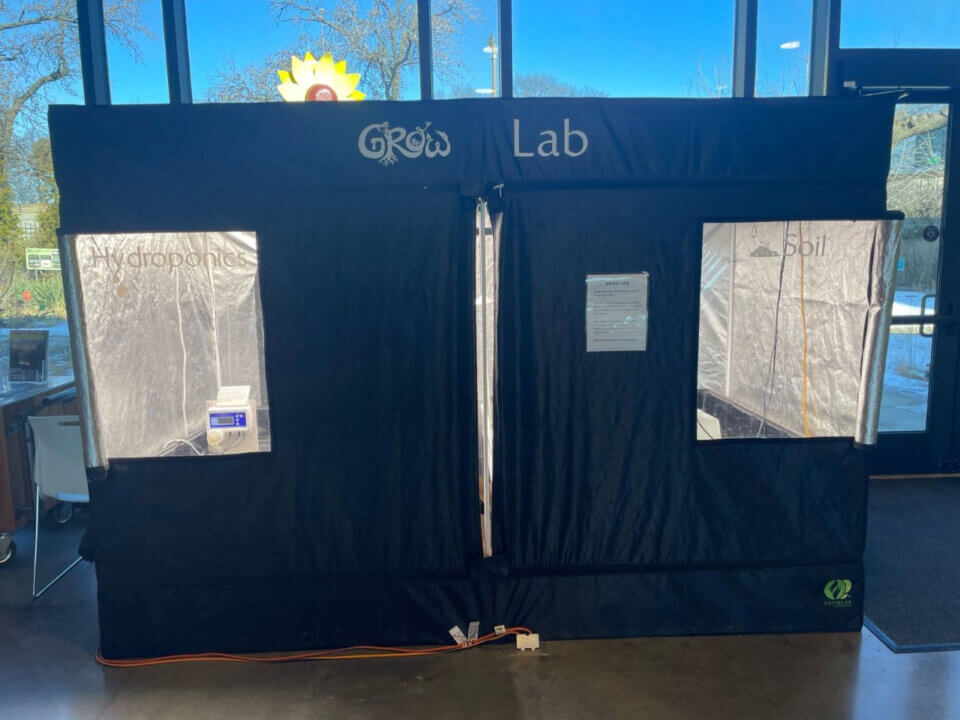May 7, 2022 There are eight planets in our solar system and over 5000 other planets discovered so far orbiting other stars. Many of these planets are gas giants similar to Neptune; however, nearly 200 of them are terrestrial. Learn more about the Transiting Exoplanet Survey Satellite (TESS) mission, which is working to detect these… Continue reading
Thank you for another impactful Give STL Day!
Miss Give STL Day? Make a gift to the Science Center to help support the Science Center’s education programs. Thank you to everyone who donated to support the Saint Louis Science Center and nonprofits around St. Louis for Give STL Day. Our mission to ignite and sustain lifelong science and technology learning is powered by… Continue reading
Astronomy Fact of the Day: May 6, 2022
May 6, 2022 The Eta Aquariids meteor shower peaked just after midnight this morning with approximately one meteor per minute, although good rates are possible for a week centered on May 6. As the name suggests, the radiant of this shower is found in the constellation of Aquarius. The source material for this meteor shower… Continue reading
Astronomy Fact of the Day: May 5, 2022
May 5, 2022 On this date in 1961, Alan Bartlett Shepard Jr. became the first American in space aboard his Mercury capsule MR-3, Freedom 7. He would also walk on the Moon in 1971, as commander of the Apollo 14 flight. Alan Shepherd in his Mercury flight suit. Image credit: NASA
Get Ready For Growth!
The plants are about to have rapid growth. Andy explains in his newest video entry.
Alligator Snapping Turtle Skull
Sometimes described as the “dinosaur of the turtle world,” the alligator snapping turtle is found in river systems, lakes, and wetlands exclusively in the central and eastern United States. It is the largest of the North American freshwater turtles and can grow up to 200 pounds! Myths that these turtles are known to attack people… Continue reading
Astronomy Fact of the Day: May 4, 2022
May 4, 2022 Tonight at 9 pm, the dwarf planet Ceres is situated less than 5° from the waxing crescent Moon in the western sky. Although Ceres is the closest dwarf planet to Earth, it is not big enough to see with the naked eye. Ceres is approximately 588 miles (946 km) in diameter, which… Continue reading
Astronomy Fact of the Day: May 3, 2022
May 3, 2022 On this date in 2007, Walter Marty “Wally” Schirra Jr. died of natural causes. He was a member of the first crew to rendezvous in space and was commander of the first Apollo manned flight. Walter Schirra in his Mercury flight suit. Image credit: NASA
Astronomy Fact of the Day: May 2, 2022
May 2, 2022 Tonight at 9:30 pm, the Spring Diamond will be high overhead to the Southeast. The Spring Diamond is not an official constellation, but a group of bright stars that can be used to navigate the spring sky. To find the first star in the Spring Diamond look for the big dipper and… Continue reading
Astronomy Fact of the Day: May 1, 2022
May 1, 2022 The surfaces of Mercury and the Moon are covered with impact craters. This is primarily because neither of these bodies have a substantial atmosphere, which means meteors hurtling toward them frequently impact the surface instead of burning up. Earth however is protected from many smaller impacts by our atmosphere. When a meteor… Continue reading








